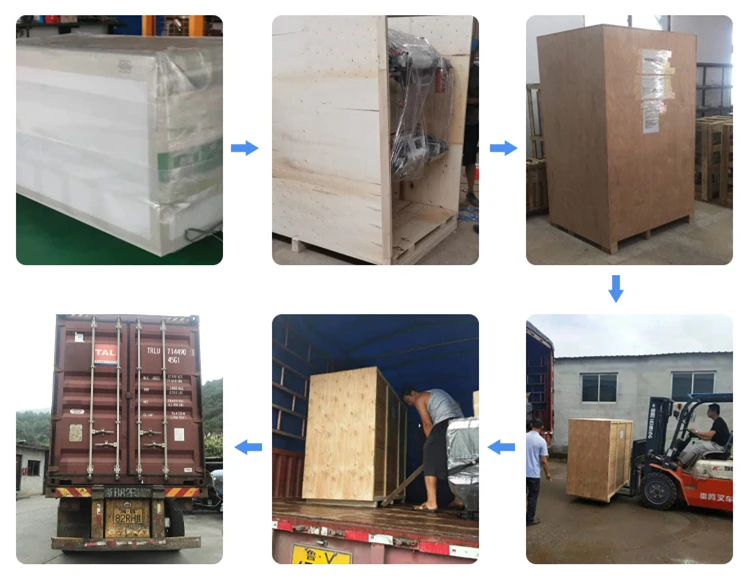Efficient Semi-Automatic Egg Tray Production Equipment for Streamlined Manufacturing Processes
Aug . 10, 2024 05:50 Back to list
Efficient Semi-Automatic Egg Tray Production Equipment for Streamlined Manufacturing Processes
The Semi-Automatic Egg Tray Machine Revolutionizing Egg Tray Production
In the modern world, the demand for sustainable and efficient packaging solutions has gained unprecedented momentum. Among these solutions, the semi-automatic egg tray machine stands out as a transformative technology in the production of egg trays. These machines not only offer a reliable method for producing egg trays but also align with eco-friendly practices by utilizing recycled paper and pulp.
What is a Semi-Automatic Egg Tray Machine?
A semi-automatic egg tray machine is a production system designed to manufacture trays that securely hold eggs, minimizing the risk of damage during transportation and storage. Unlike fully automatic machines, semi-automatic models require some manual intervention, which allows for greater flexibility, lower investment costs, and easier maintenance. The core process involves pulping recycled paper materials, molding them into tray shapes, and then drying them, making it a perfect solution for small to medium-sized enterprises.
How Does It Work?
The operation of a semi-automatic egg tray machine generally consists of several key steps. First, raw materials, predominantly waste paper, are collected and shredded to create pulp. This pulp is then mixed with water to achieve a suitable consistency. The next step involves transferring this pulp to a molding machine, where it is pressed into egg tray shapes using molds.
Once molded, the trays undergo a drying process, which can be facilitated through natural sunlight or an electric dryer, depending on the specific setup of the machine. Finally, the dried trays are separated, inspected for quality, and packaged for distribution. This process not only yields durable trays but also significantly reduces environmental impact by repurposing waste paper.
Benefits of Using a Semi-Automatic Egg Tray Machine
semi automatic egg tray machine

The semi-automatic egg tray machine comes with a myriad of advantages. First and foremost, it is cost-effective. It requires a lower initial investment compared to fully automatic systems, making it an attractive option for small businesses and startups. Additionally, the semi-automatic nature of the machine allows operators to maintain control over the production process, ensuring high-quality output.
Moreover, these machines contribute to environmental sustainability. The use of recycled paper not only reduces waste but also minimizes the reliance on plastic, which is a major pollutant in today’s world. By opting for paper-based trays, businesses can enhance their environmental credentials and appeal to eco-conscious consumers.
Another significant benefit is versatility. Semi-automatic egg tray machines can typically produce various types of trays and packaging products. This adaptability allows manufacturers to cater to different market needs, from egg trays to other types of packaging, such as fruit trays, cup holders, and more.
Market Trends and Future Prospects
The market for egg trays is witnessing continuous growth due to rising consumer awareness regarding food safety and sustainability. The increase in poultry farming and the demand for organic eggs further drive the need for reliable packaging solutions. As more businesses recognize the importance of eco-friendly practices, the adoption of semi-automatic egg tray machines is expected to rise.
Furthermore, advancements in technology are likely to enhance the efficiency and output quality of semi-automatic machines. Innovations in automation, energy consumption, and drying techniques will contribute to even greater production efficiency, making these machines more appealing to a broader range of consumers.
Conclusion
In summary, the semi-automatic egg tray machine represents a significant step forward in the packaging industry, offering a sustainable, cost-effective, and versatile solution for egg producers and distributors. As the focus on environmentally friendly practices intensifies, these machines are poised to play an increasingly vital role in the future of packaging. Investing in such technology not only supports business growth but also contributes positively to the planet, making it a win-win for producers and consumers.
-
Hot Sale 24 & 18 Door Rabbit Cages - Premium Breeding Solutions
NewsJul.25,2025
-
Automatic Feeding Line System Pan Feeder Nipple Drinker - Anping County Yize Metal Products Co., Ltd.
NewsJul.21,2025
-
Automatic Feeding Line System Pan Feeder Nipple Drinker - Anping County Yize Metal Products Co., Ltd.
NewsJul.21,2025
-
Automatic Feeding Line System - Anping Yize | Precision & Nipple
NewsJul.21,2025
-
Automatic Feeding Line System - Anping Yize | Precision & Nipple
NewsJul.21,2025
-
Automatic Feeding Line System-Anping County Yize Metal Products Co., Ltd.|Efficient Feed Distribution&Customized Animal Farming Solutions
NewsJul.21,2025






